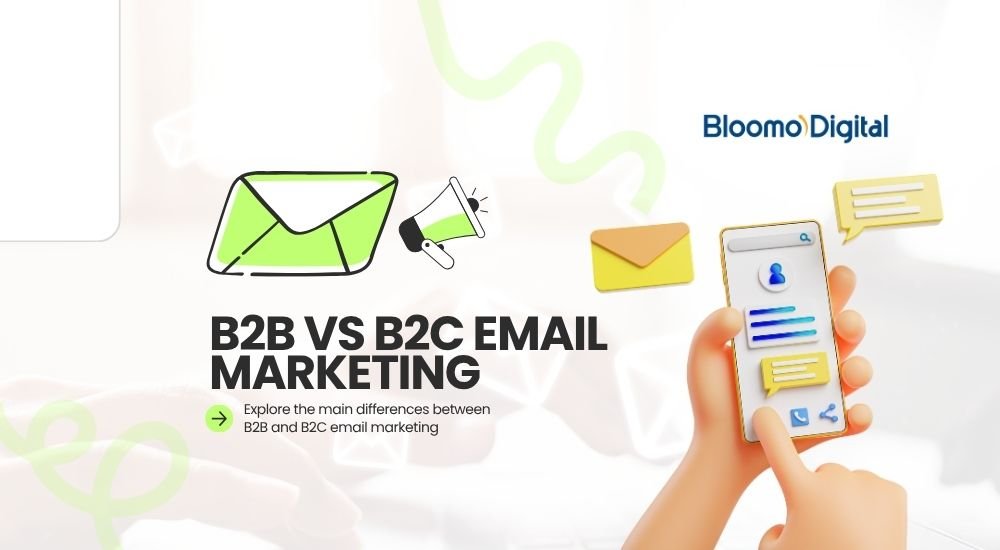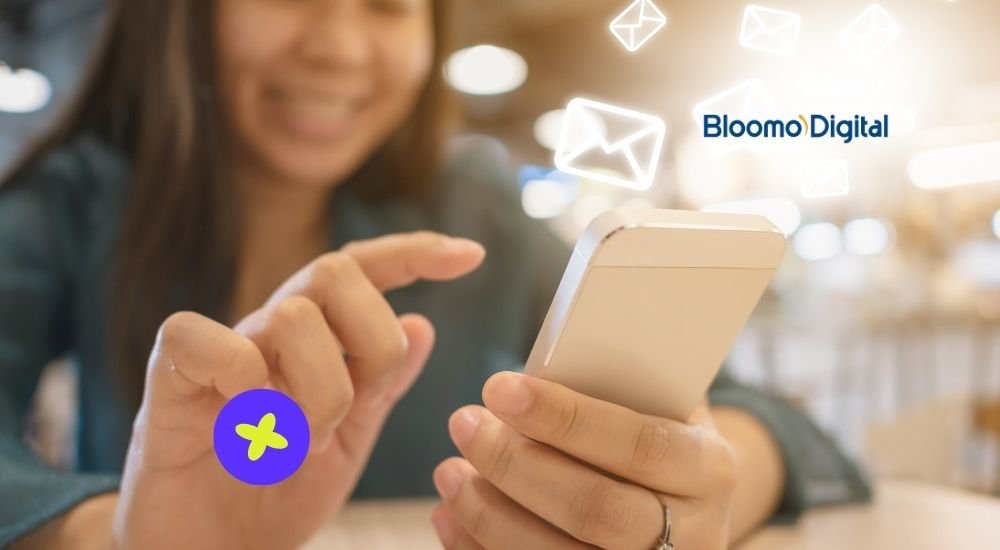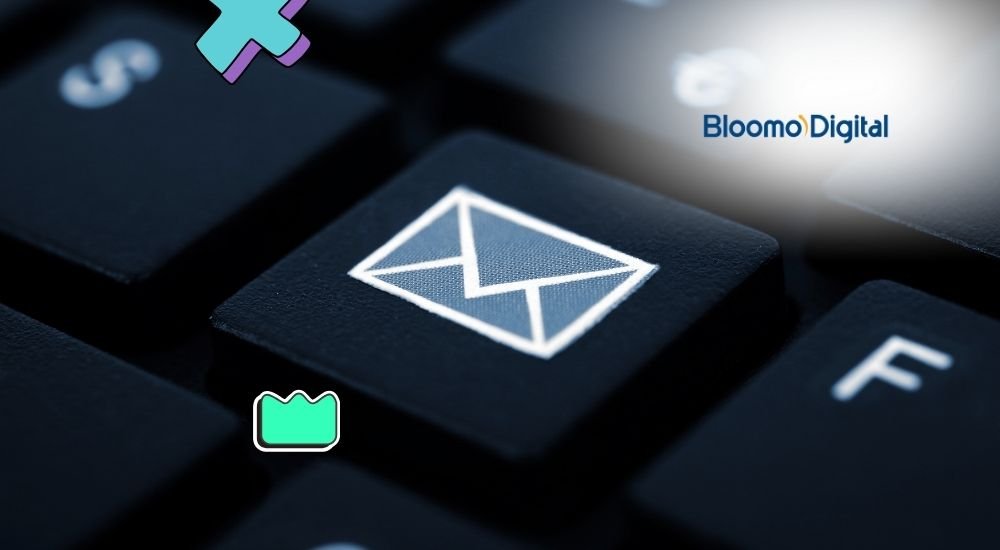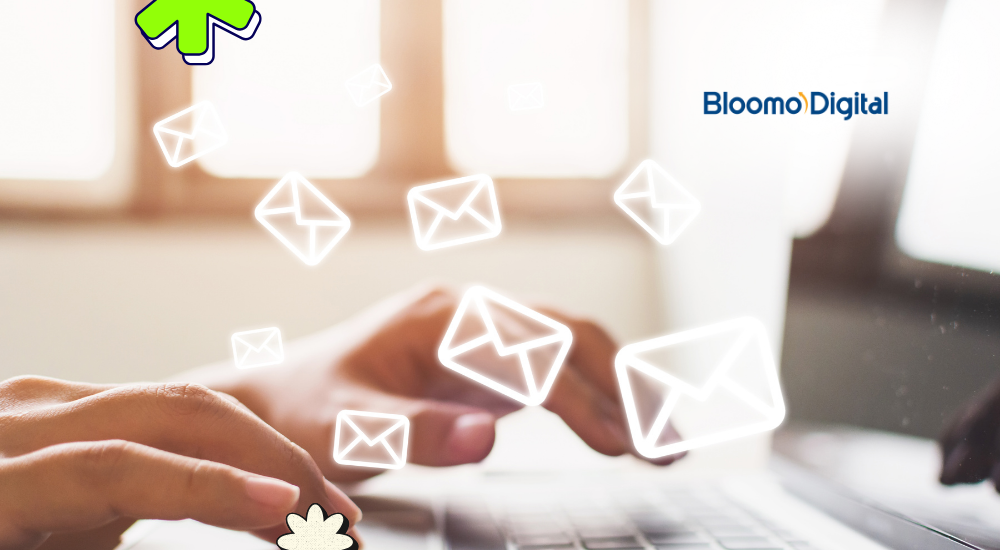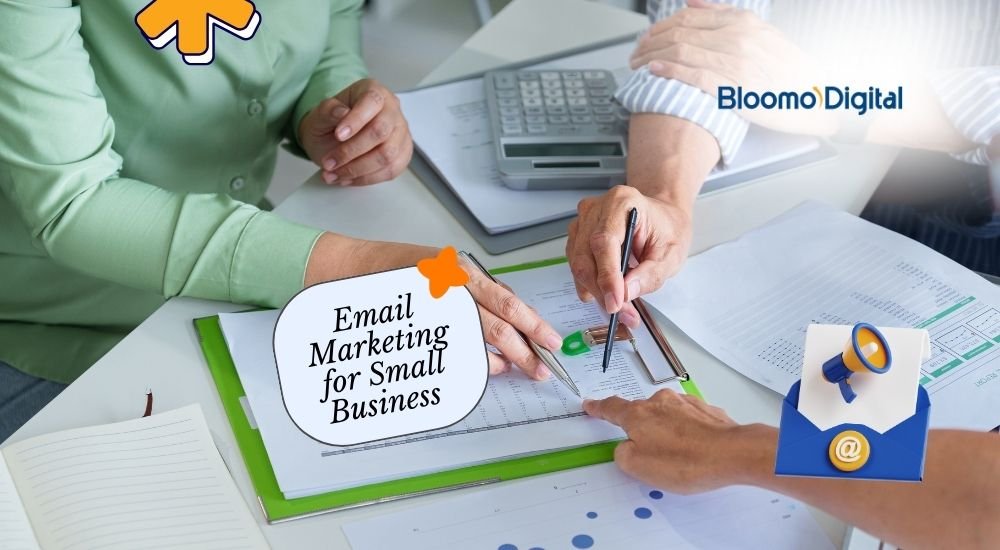Introduction
Ever wonder why your business emails don’t always hit the mark? It could be because you’re using the wrong strategy. B2B and B2C audiences behave very differently. Yet many marketers treat them the same. That’s like serving the same dish to kids and chefs and expecting both to love it.
Understanding the core differences between B2B vs B2C email marketing helps you design smarter campaigns. In this article, we’ll break down how goals, tone, timing, and automation differ between the two — and how you can adapt your strategy to get better open rates, conversions, and ROI.
Key Takeaways
- B2B emails focus on logic and ROI: Businesses buy with their heads. Show value, efficiency, and results.
- B2C emails focus on emotion and speed: Consumers buy with their hearts. Create urgency, excitement, and instant gratification.
- Timing matters: B2B sends perform better during work hours. B2C shines on weekends or evenings.
- Content depth differs: B2B content is educational and data-driven. B2C is visual, catchy, and fun.
- Automation goals change: B2B nurtures long-term relationships. B2C drives quick purchases or repeat sales.
We’ll explore the main differences between B2B and B2C email marketing, their goals, content types, timing, tone, and automation workflows — with examples from real campaigns and Bloomo Digital insights.
What Is B2B Email Marketing?
B2B email marketing targets businesses, professionals, or organizations. Its main goal is to build trust, demonstrate value, and move prospects through a long buying process. It’s less about instant sales and more about nurturing relationships.
Think of it as a professional conversation. Every message should educate, solve a problem, or show expertise. B2B emails often include case studies, whitepapers, and industry insights to help decision-makers justify a purchase.
Here’s the thing: B2B audiences rarely buy impulsively. They research, compare, and evaluate before committing. Your job is to make that process easier with relevant, insightful, and consistent communication.
What Is B2C Email Marketing?
B2C email marketing targets individual consumers. Its focus is on emotion, entertainment, and urgency. The goal is to drive immediate actions — clicks, sign-ups, or sales — often through discounts, launches, or storytelling.
Unlike B2B, B2C buying cycles are short. The decision happens fast. So, visuals, catchy headlines, and strong CTAs make a big difference. Each email should delight, inspire, or surprise your reader.
Think of it this way: a consumer might buy because a product feels good or looks trendy, not because of a detailed ROI breakdown. Your emails should connect emotionally and motivate action.
Content and Tone: Logic vs Emotion
The most obvious difference between B2B and B2C emails is tone. B2B copy uses logical appeals — data, efficiency, productivity. B2C copy uses emotional triggers — excitement, belonging, or fun.
In B2B, content might say: “Save 40 hours per month with our automation platform.” In B2C, it could say: “Get more time for what you love.” Both sell time, but the tone changes the intent and impact.
The takeaway: match your tone to your audience’s motivation. Businesses want to save money and work smarter. Consumers want to enjoy life, feel good, and connect with brands they trust.
Timing and Frequency Differences
Timing can make or break your campaign. B2B subscribers check emails during work hours — typically Tuesday to Thursday mornings. B2C subscribers open emails during lunch breaks, evenings, or weekends.
Frequency also varies. B2B brands often send fewer but deeper messages — maybe one or two per week. B2C brands can send daily or weekly emails because consumer inbox tolerance is higher when the content feels fresh and valuable.
To find your sweet spot, test send times, track open rates, and respect your audience’s habits. Personalization and timing go hand in hand.
Automation and Funnel Goals
Automation plays a huge role in both B2B and B2C — but the workflows differ. B2B email automation nurtures leads with educational sequences, demo invites, and follow-ups. It’s about building trust step by step.
B2C automation focuses on triggers: welcome sequences, abandoned carts, and re-engagement offers. The goal is fast conversion and brand recall. Timing and personalization make all the difference.
According to HubSpot, automated emails drive 320% more revenue than non-automated ones. The message? Don’t just automate — optimize.
Bloomo Digital Insight: One of our e-commerce clients increased sales by 42% after automating abandoned cart emails. A simple reminder with a 10% offer and friendly tone recovered hundreds of lost checkouts.
How Design and CTAs Differ
Design choices shape how your message feels. B2B designs are clean, minimal, and professional. They use structured layouts, fewer colors, and focused CTAs like “Book a Demo” or “Get the Report.”
B2C designs, on the other hand, are colorful and dynamic. They feature images, emojis, and emotional CTAs like “Grab Yours Now” or “Shop the Drop.” Visuals sell faster than text here.
Whether you’re B2B or B2C, your design must reflect your goal. Every color, button, and font should guide the reader toward a single action.
Create Better-Converting Emails With Smart Copy & Design
See how top brands blend storytelling and visuals to turn subscribers into loyal customers.
Conclusion
B2B and B2C email marketing share the same foundation — connecting through inboxes. But their execution is worlds apart. Knowing these differences helps you write emails that resonate and convert.
Start by identifying your audience’s mindset. Are they making professional decisions or personal ones? Then craft your message, design, and automation around that.
Next step: audit your current campaigns. Adjust tone, timing, and automation to fit your true audience. The right alignment could double your engagement and ROI. Don’t wait — test it in your next send.
Frequently Asked Questions
What is the main difference between B2B and B2C email marketing?
B2B email marketing focuses on logic, ROI, and relationship building. B2C email marketing focuses on emotions, quick conversions, and brand engagement. The goals, tone, and timing differ significantly.
Can a brand use both B2B and B2C strategies?
Yes. Many businesses sell to both markets. The key is to segment your audience and tailor content. Create separate email lists, automation, and messaging for each group to ensure relevance and clarity.
Which performs better: B2B or B2C emails?
Performance depends on industry and strategy. B2C often sees higher open and click rates due to impulse buying. B2B emails may have fewer opens but higher-value conversions from long-term clients.
How can I improve my B2B email engagement?
Provide educational content, case studies, and data-driven insights. Personalize by role or company size. Use automation to nurture leads with relevant, helpful sequences instead of generic sales messages.


